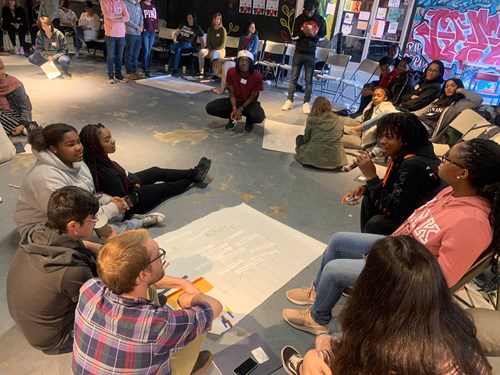This chart shows the out-of-school time (OST) programs applying for 32n OST grant funding for the 2023-24 school year. Analysis is conducted using ZIP code-level data.
- Hover over a site dot to see details about that site.
- Hover over a county to see details about its requested funding amount, awarded funding amount, and its number of applicants.
- Use the buttons on the left of the map to zoom in or out.
- Use the buttons at the bottom of the map to share, download, or expand to full screen. References and methodology are available here.
Data is breaks down sites by their ZIP codes' characteristics and state averages, including:
- Child Opportunity Level: "Very low" means limited access to resources; "very high" means high access to resources. Opportunities are estimated based on a neighborhood's educational, health and environment, and social and economic characteristics. To learn more, visit our Child Opportunity Index by Zip Code.
- Geographic Type: Whether a ZIP code is classified as city, suburban, rural or a town.
- Majority K12 Youth Racial Composition: 51% or more of a ZIP code's K12 youth identify as one of the Census' racial categories (note: AIAN means American Indians and Alaska Natives, NHPI means Native Hawaiian and Pacific Islander; SOR means some other race; and Multi means two or more races).








